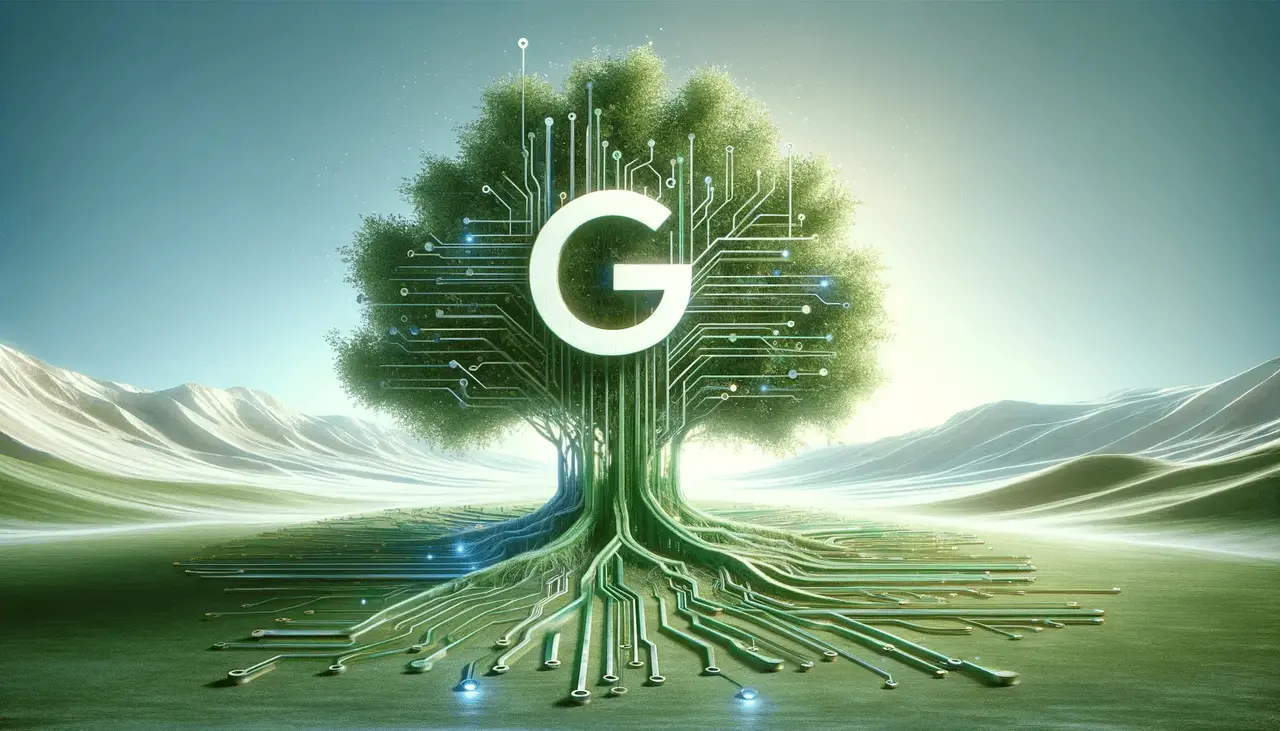Google, which announced nearly five years ago that it would become a net-zero emissions company by 2030, has quietly backtracked on this promise. The company has removed this ambitious goal from its sustainability page. This highlights the shift in energy policies brought about by the rise of artificial intelligence in the tech world.
Google Shelved Net-Zero Emissions Goal
Data centers powering AI infrastructure are consuming unprecedented levels of energy. According to a McKinsey report, this demand could account for 70% of global electricity needs by 2030.

In 2020, Google CEO Sundar Pichai proudly announced their goal to become the first major company to operate carbon-neutral 24/7, 365 days a year. However, five years later, the “Net-Zero 2030” banner no longer appears on the company’s website, appearing only in footnotes in reports.
The increasing energy demand of AI underlies this change. Google’s Environment 2025 report states, “Operating our products and AI infrastructure requires a significant amount of energy.”
The company’s electricity consumption increased by 26% in 2024, reaching 32.2 terawatt-hours. This amount is almost equivalent to Ireland’s entire annual energy consumption. According to the company’s whitepaper, a single message sent to Gemini consumes 0.24 watt-hours of energy. As Google expands its AI services, it is also drifting further away from its own climate goals.
While Google maintains that it hasn’t abandoned its net-zero promise, experts see this as a form of window dressing. Instead of directly reducing its emissions, the company is trying to “offset” the carbon it releases into the atmosphere through other means.
This approach has long been criticized by climate scientists for creating a seemingly zero-emission scenario rather than achieving true zero emissions. This is known as a “net-zero recession,” meaning companies don’t abandon their goals entirely but rather make them more modest.
It’s also been reported that Silicon Valley leaders are undergoing a similar transformation with Donald Trump’s return to the White House. Leaders who once talked about green energy are now boasting about their potential contributions to America’s energy infrastructure.













